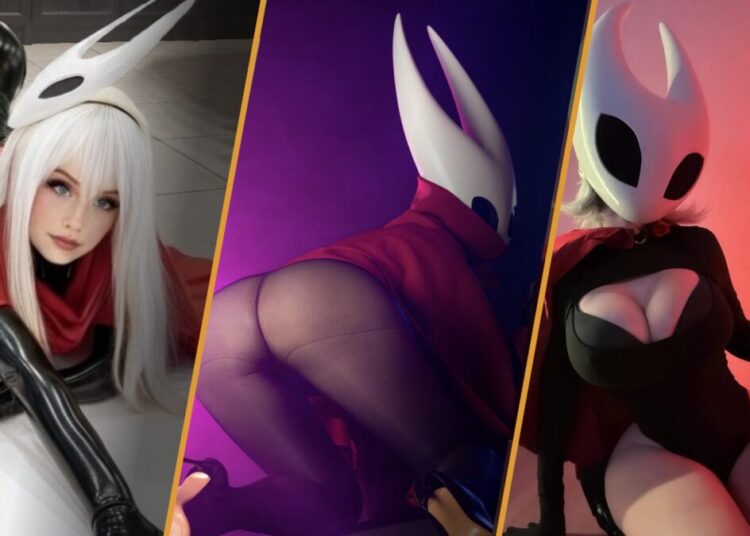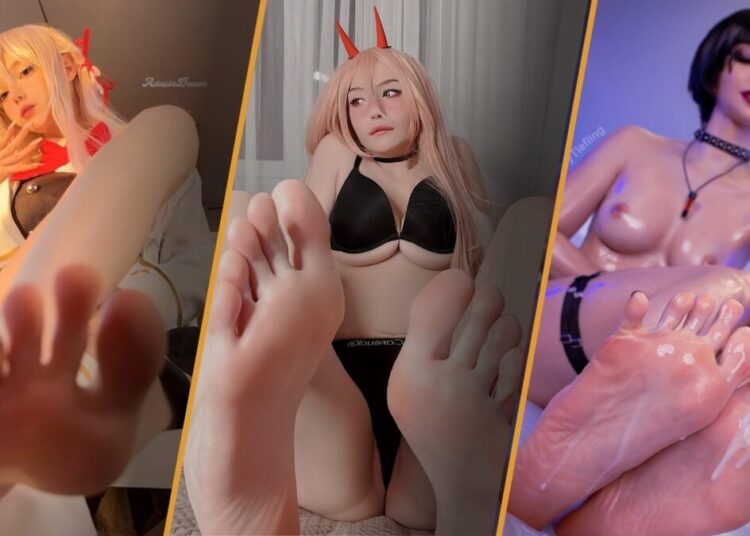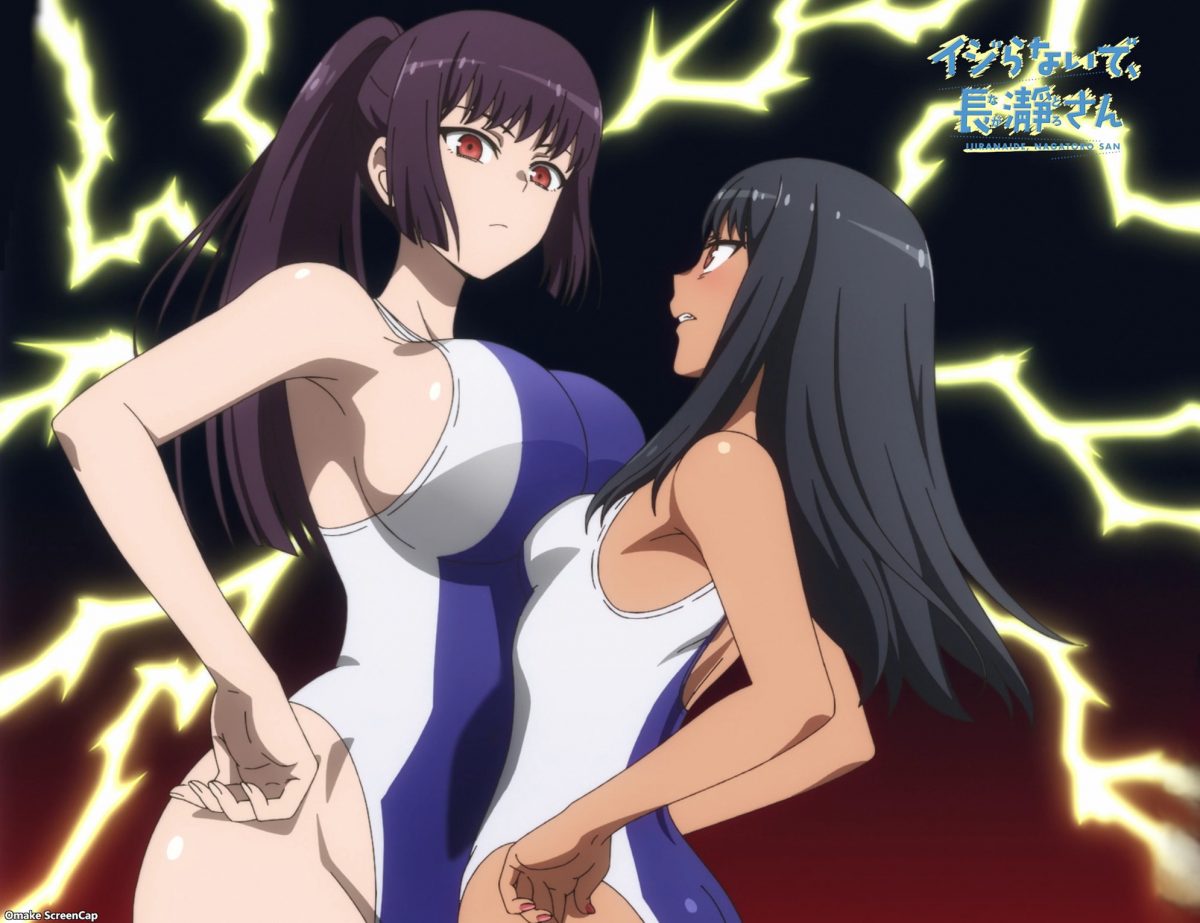Hey, everyone! It’s June, and you know what that means! It’s Sonic’s birthday! More importantly, it’s Pride Month! To celebrate, we’re highlighting some noteworthy canonically LGBTQ+ characters we love. This year, we’re focusing on video game characters, showcasing characters outside of BL games and dating sims, skipping over franchises like DRAMAtical Murder or Dream Daddy.
Also, fair warning! Many of these features will include spoilers of the games mentioned. Without further delay, here we go!
Fire Emblem

Fire Emblem had a long history of queer coded and hinted characters, some going all the way back to the first game released in English (see Raven and Lucius). In the 2007 title, Radiant Dawn, Heather became the first all-but-stated lesbian, expressing her reason for joining Ike’s army to meet “all the other pretty girls” he had recruited.

However, it wasn’t until 2013, in Fire Emblem Awakening, that Tharja became the first unmistakably bisexual character. In 2015, Niles and Rhajat joined the roster, being the first two queer characters the player could be romantically involved with, regardless of the player’s gender. Since then, queer characters have been introduced in every Fire Emblem game. Leon from Fire Emblem Echoes is hopelessly in love with his commanding officer. Fire Emblem: Three Houses introduced several bisexual dating options including Edlegard, Dorathea, Lindhart, Mercedes, Jeritza, Yuri, and Rhea!
Hades

Supergiant Games have always been unapologetic about including queer themes and representation. Their Geek mythos-inspired rouge-dungeon crawler, Hades, is no exception. Was anything else to be expected from Greek mythology? The game’s focus is on the guide Zagreus, son of Hades, battling his way through hoards of the dead and bosses throughout the underworld.
Between all the carnage, Zagreus can form romantic relationships with Meg and his childhood friend, Thanatos! Side character Achilles even offers Zagreus relationship advice through it, and in turn, has a lover of his own. Zagreus can encounter Patroclus in the Elysium stages. It takes some effort and a lot of darting back and forth between Elysium and the House of Hades, but it is possible to reunite Achilles and Patroclus for a happy ending.
NieR

While it never came up in the game explicitly, Yoko Taro confirmed in an interview back in 2011 that Emil is in fact, canonically gay and in love with Nier. This was before NieR Automata caused the popularity of the series to skyrocket. The re-release of NieR Replicant received a few changes to the script which further implied the fact.
https://twitter.com/StormYorha/status/1386321790465716234
Persona

Alright, maybe Atlus hasn’t had the best track record with its LGBTQ+ audience with certain games (namely Persona 5), but credit is given where credit is due.
Persona 2 (1999) is the first game in the Persona series featuring the protagonist Tatsuya Suou and his childhood friend, Jun Kurosu. While romance isn’t a real goal in the game, when prompted towards the end of the game, the player can choose one of your teammates for Tatsuya to proclaim his love for, including Jun. Despite there being two other romance options, in interviews, art director, Kazuma Kaneko, and main scenario writer, Satomi Tadashi stated Jun’s romance to be the most probable in the game.
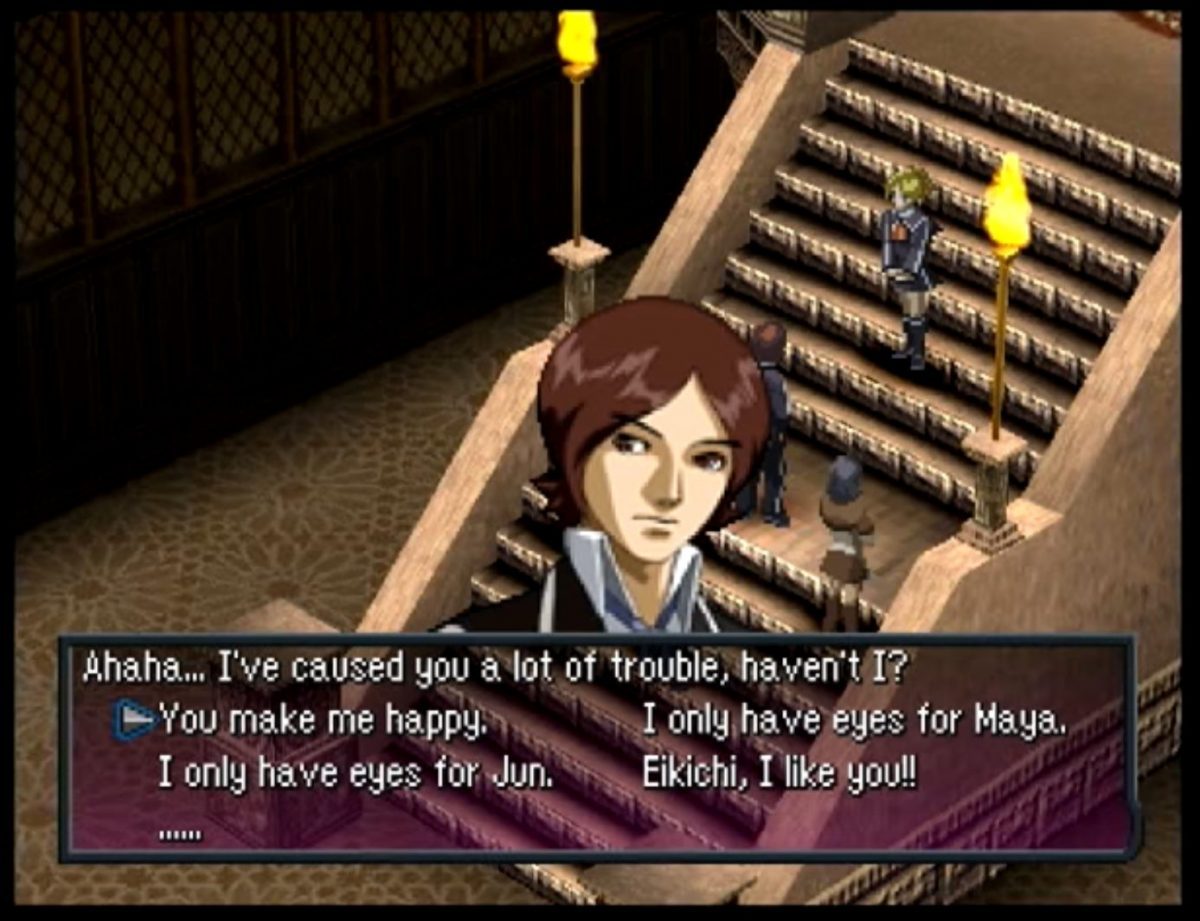
In 2008, the Persona franchise took a big leap with the release of Persona 4. In the game’s second dungeon, the player is introduced to the party member Kanji Tatsumi. Kanji’s sexuality is all over the board, from his attraction to Naoto when he believes Naoto to be a boy when they first meet, to his dungeon being a gay bathhouse, and him admitting that his shadow’s desire is a part of him at the end of his social link. While other plot details point to his shadow not being a real reflection of his repressed feelings, Kanji still accepts it while simultaneously says his inner turmoil isn’t a matter of liking guys or girls, but just wanting to find acceptance.
The game may leave it open to the player to decide for themselves, but one thing is clear — Kanji definitely isn’t straight.

Catherine / Catherine: Full Body

Another title from Atlus, Catherine, and its re-release, Catherine: Full Body was a great step in the right direction for LGBT+ representation. The original game gave us Erica Anderson, who is revealed in one of the endings to be a post-op transwoman, and despite her tacky Tina Burner outfit design, Erica is presented respectfully in the game minus some off-handed teasing from her friends, but overall, the way Atlus handled her presence and showed pre-transition scenes of her in Full Body was touching to see.
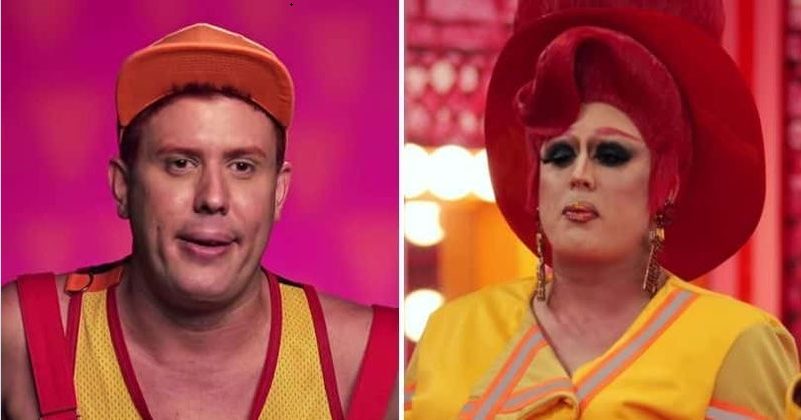
Catherine: Full Body added a new romance option for Vincent Brooks, with the surprise reveal halfway through the game that Rin is actually a boy. The way Atlus handles Vincent Brooks’ progression from his shock-fueled homophobic outburst to accepting his sexuality and romantic feelings for Rin was every bit mature and sweet as one could hope, and the ending they earn is both endearing… and bizarre, when it’s later revealed that Rin is also an alien.
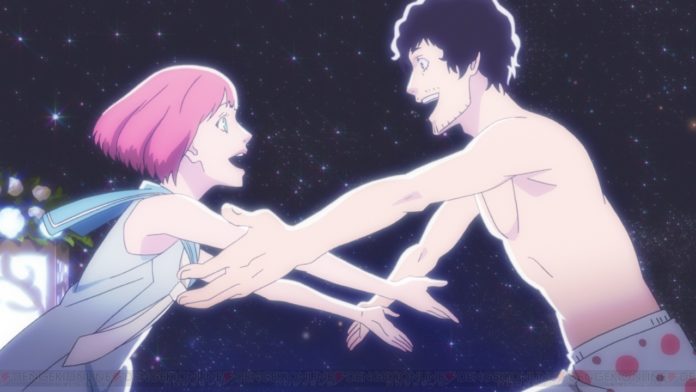
Hollow Knight

A Metroidvania Dark Souls-esc game about a dying civilization of insects and a pantheon of gods isn’t really a game you’d expect to mention anything queer, but Team Cherry managed to give us a few moments of cuteness, as well and a tragic love story in their mega-hit game, Hollow Knight. Revealed in the deep dark caverns of The Abyss, the player learns the origin of all the knights, and a small little trivia that they are all genderless (except for Hornet). This means that the player-knight and the Hollow Knight are non-binary.
As part of a side quest, the player can meet the mysterious Grey Mourner in the Spirit’s Glade. The mourner will give the Knight a flower to be delivered to the grave of her late lover in the Queen’s Gardens. Further exploration reveals that the Grey Mourner was one of the five great knights of Hollowest whose romance with one of the Mantis Lord’s daughters was denied due to her being an outsider.
In another side quest, after the player upgrades their nail (sword) to maximum strength, the nail smith will ask the player to kill him. Should they refuse, the nail smith can be found in Sheo’s hut, posing for a painting. Talking to them triggers a small conversation that they both found new meaning in life with each other, and earns the achievement “Happy Couple.”
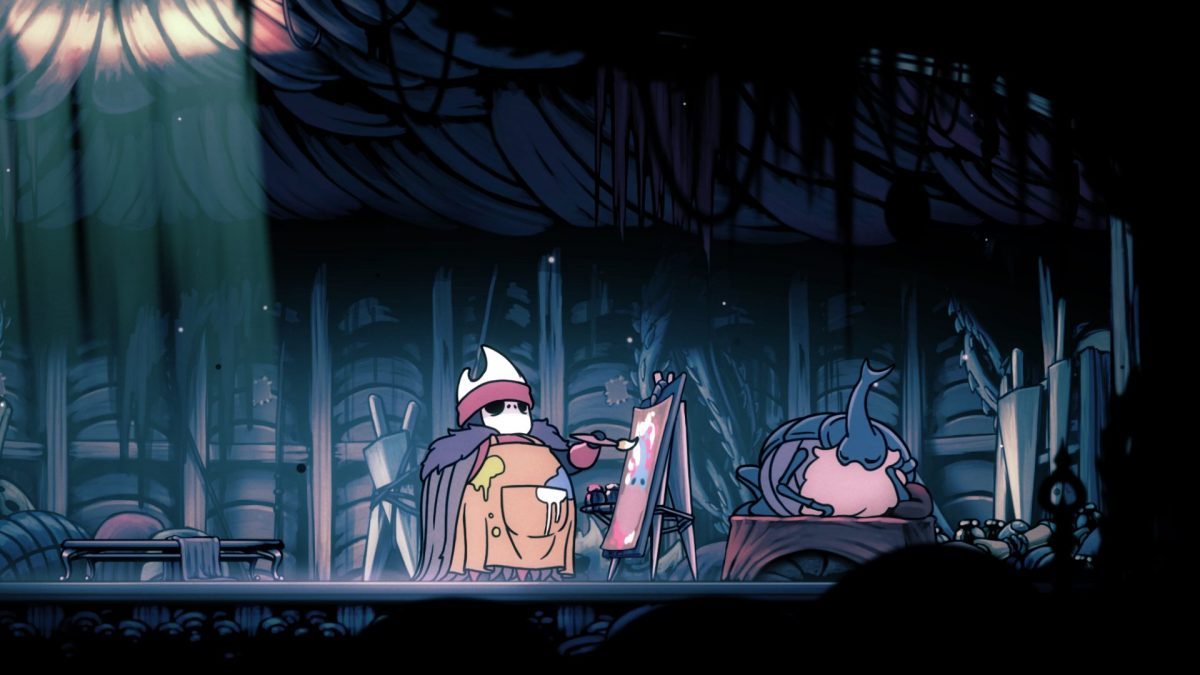
Honorable Mentions for Allies
Closing out our list are a few honorable mentions, because, in my own life experience, no LGBTQ+ family is complete without the support of that one straight friend you made in middle school or college who was always a true ally to you, no matter what.
Sonic the Hedgehog
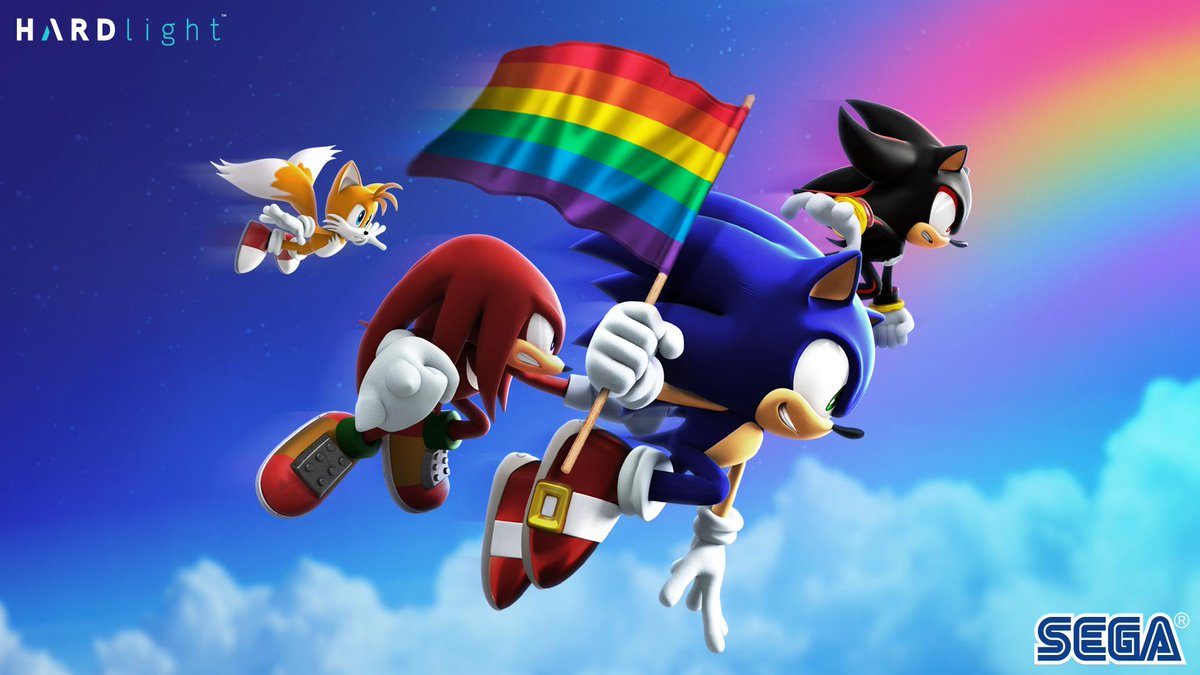
That’s correct! Sonic is canonically an LGBTQ+ alley, as described by the developers. SEGA has had an upstanding history as being a progressive LGBTQ+ company in the West, and in Japan by sponsoring Tokyo Rainbow Pride multiple years in a row. While most companies just slap a rainbow logo on their Twitter account every year, SEGA has always gone the extra mile and made every effort to provide safe and friendly work environments for their openly LGBTQ+ employees.
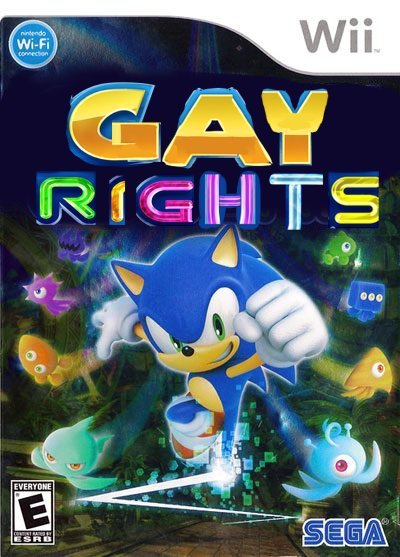
Just how is Sonic an LGBTQ+ ally? SEGA has time and again described Sonic as a character that stands against oppression and injustice of all kinds, even as far back as the late 1990s. In 2015, Sonic congratulated America on the nationwide recognition of same-sex marriage. In 2019, Hardlight studios made a statement with Sonic recognizing International Day Against Homophobia.
Kiryu from the Yakuza series
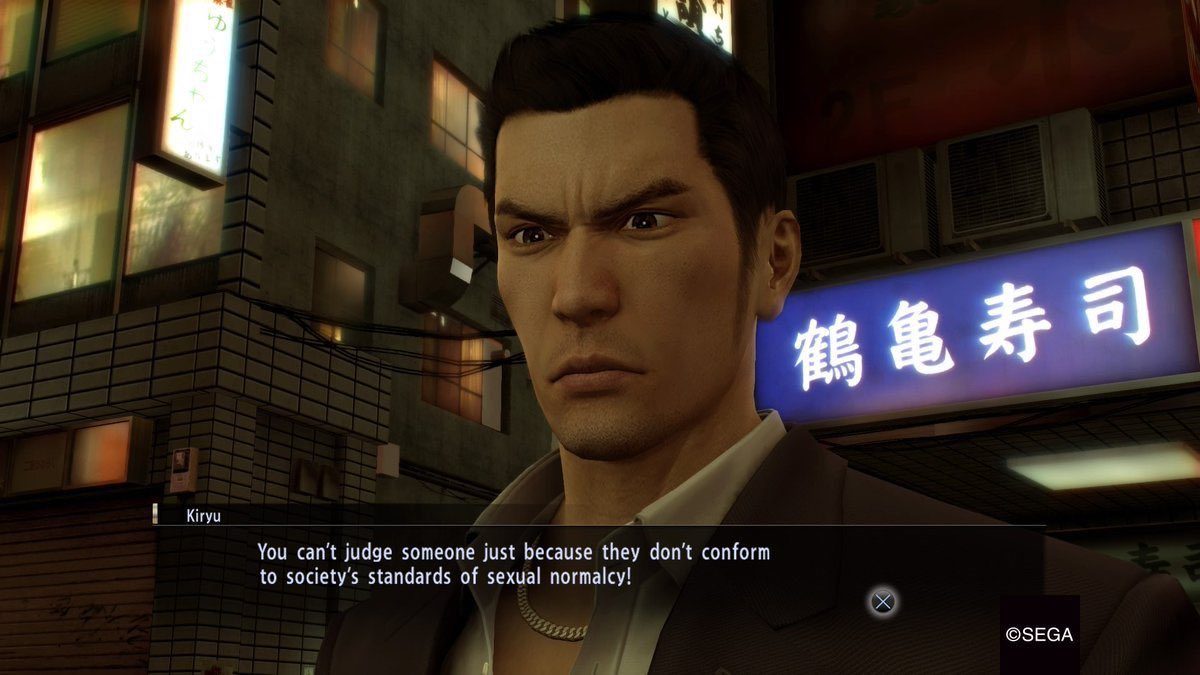
If you’ve never played a Yakuza game, then now might be the time to start. There’s been debate over Kiryu’s sexuality, mainly speculating that he’s asexual. Whether that’s true or not, Kiryu is one of the biggest queer advocates in video game history. In several sidequests, Kiryu has defended both lesbians and transwomen. In one quest he counsels a transwoman named Ayaka after she comes out to him and reassures her through her issues of self-doubt and dating cisgender men.
![Kiryu-chan [Ryuu Ga Gotoku/Yakuza] : gaymers](https://i.redd.it/sax6649eooe31.jpg)


